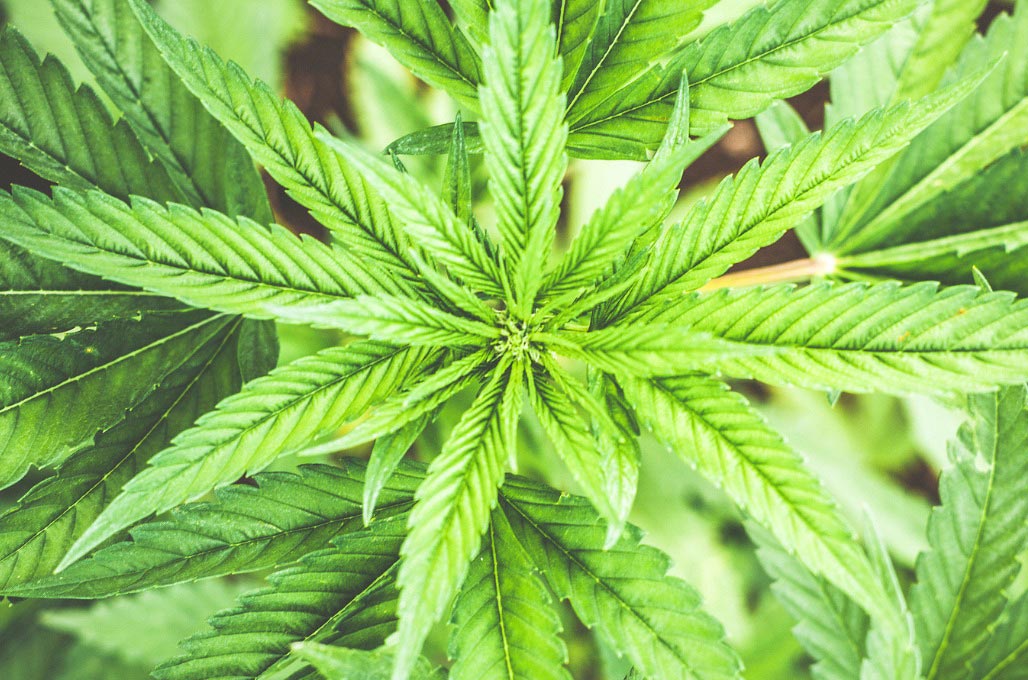
Why You Need to Consider Subsurface Drip Irrigation for Hemp
Bobby De Leon, Rivulis Irrigation
Randy Wildeman, Western Irrigation
The Hemp Industry is exploding with over 500,000 acres in 34 states being grown in the United States since 2019. Hemp is a versatile crop with multiple uses from CBD oil to construction materials. With so much interest and focus on growing the best hemp possible for a high return on investment, growers are reaching out to as many sources as possible on “how to” hemp growing techniques.
One key element that is pivotal for hemp production success is irrigation. It plays a significant role in growing the crop and having a quality end product. There are multiple ways of irrigating hemp and the type of irrigation method you choose may depend on several factors such as geographical location and climate.
In our travels, we have seen hemp grown with everything from center pivot irrigation to drip irrigation, including Subsurface Drip Irrigation. An important factor to keep in mind is the irrigation management of the crop and how you can best produce the highest quality crop for your end market. In Colorado, we have multiple growers using drip irrigation, and specifically SDI.
SDI is a method of irrigation that uses drip irrigation that is permanently buried in the soil. A grower will have a system designed based on the crop, its water use needs, crop row spacing, plant spacing, soil type, water availability and quality, and slope of the ground. An SDI system will have a water source (well, pond, lake, etc.), backflow prevention device, a pump, filter(s), and conveyance lines (manifolds), drip tape laterals, and a flush manifold to allow for system flushing.
Growers should work with trusted and certified sources for products and engineering in acquiring their systems. Proper design, installation, maintenance, and technical support are key elements to an SDI system’s success and longevity. The fact that an SDI is a closed system not only allows for irrigation, but for use as a delivery system for fertigation. In addition, depending on your climate, plastic mulch can be used with SDI for weed management and soil temperature mitigation.
SDI is a great option for hemp if researched, planned, and executed well. It provides efficiency, efficacy, and great precision management of irrigation. The fact that water and nutrients are directly delivered to the plant’s root zone allow for great flexibility and management. In addition, SDI, permanently buried drip irrigation reduces mechanical damage to the drip tape, it maintains the drip tape stays out of the way during harvest, and allows for crop rotation flexibility.
As you research which irrigation method will best fit your needs, make sure to do some homework. Work with reputable, certified dealers and invest in high-quality products for a strong start to growing your hemp crop.
Related articles:






